Some of you may remember the hashtag #OscarsSoWhite that floated around on social media in 2015 and 2016 in response to all twenty of the acting related Oscars nominations going to white people. The hashtag was coined by activist April Reign and was used to call out the blatant lack of diversity within Hollywood and the fact that almost all those who voted on Oscar nominations were white men. It seems incredible that this could happen two years in a row at the Oscars, but it did, and despite the Academy’s attempts to increase diversity, only 19 percent of the current members are people of color. The lack of diversity in the Academy is symbolic of the larger issues of whitewashing and lack of diversity in Hollywood itself. A study done by the University of Southern California found that the lack of diversity in Hollywood was so horrendous, that they recommended the hashtag be changed from #OscarsSoWhite to #HollywoodSoWhite.
In a country like the United States, which is largely considered a “melting pot” of different peoples, how does Hollywood continually manage to produce movies with almost all white casts? The answer is through the process of whitewashing, in which persons of color (POC) characters are played by white actors and/or film adaptions of books or other content that originally included POC characters change those characters from POC to white people for the movies. In this way, Hollywood is able to reduce the need for POC actors and keep their movies white. Production companies justify this fact by claiming that white actors have more national and international appeal, despite 40 percent of moviegoers in the US being POC.
Not surprisingly, whitewashing is not a new phenomenon in Hollywood. Notable examples of whitewashing in earlier movies include white actor Mickey Rooney playing highly stereotyped and racist I.Y. Yunioshi in Breakfast at Tiffany’s (1961), John Wayne playing Genghis Khan in The Conqueror (1956), and Laurence Olivier acting in black face as Othello in the 1965 version of Othello. These are blatantly racist examples of whitewashing in film. You may be thinking to yourself “well no way that happens anymore!”. However, despite the progress the US may have made in terms of racial relations since the 1950s, it is obvious from both the Black Lives Matter movement, as well as the films that have come out of Hollywood in the last two decades, that we have not made as much progress as we think.
Think about The Lone Ranger adaptation that came out in 2013. The original television series cast Jay Silverheels to play the part of the Native American Tonto. Silverheels was a member of the Mohawk Aboriginal people in Canada, and was cast to play the part in the 1950s. However, in 2013 when Disney decided to reboot the beloved series, they decided to cast Johnny Depp in the role of Tonto. An interesting choice considering Depp is not Native American and even in the 1950s, when whitewashing was much more prevalent, they found a Native Canadian to play the role. This wasn’t a surprising move for Disney though, considering three years before they produced Prince of Persia: The Sands of Time starring Jake Gyllenhaal as Prince Dastan. Instead of giving the role of a Persian prince to an actor of Iranian descent, they chose the very white Gyllenhaal. That same year, Paramount was blasted for the casting of the live action remake of the Avatar: The Last Airbender. In the animated series, all the characters are of Asian or indigenous heritage, but the actors playing Aang, Sokka, and Katara were all white. Even worse, they decided to cast POC characters only in the roles of the villain, like Dev Patel being cast to play Prince Zuko.
And the list goes on. The 2008 movie 21 faced controversy after casting white actors in the leading roles despite being based on a true story about six Asian American students from MIT. In 2007, the movie A Mighty Heart, based on a book by the same name, drew criticism after Angelina Jolie was cast in the part of Mariane Pearl, who is of mixed race descent, and in order to play her, Jolie darkened her skin and wore a wig. A Beautiful Mind, The Social Network, and Drive all replaced already existing POC with white actors. And this is by no means an exhaustive list of whitewashed movies in Hollywood.
The upshot here is that if producers and filmmakers don’t absolutely have to use POC actors or characters in their films, they won’t. For Hollywood, the default is white, and they stick to that as much as they can. The USC study mentioned previously found that the lack of diversity is even worse in films where those working behind the camera, like directors, are white as well. Hollywood finds itself in a cycle in which those who have the power are white, and in turn they support white actors and white stories. The cycle leaves no room for POC and makes breaking into the industry incredibly difficult. The aversion to diversity is incredible; a 2015 report published by UCLA found that films with at least 20 percent of the cast being POC made significantly more money than films with casts made up of less than 20 percent POC actors.
But all is not lost in Hollywood. If you are looking to support films with diverse casts or made by POC directors, I have some suggestions. For example, the Star Wars franchise blessed us with Rogue One and the sequel trilogy, both of which feature POC in leading roles despite Hollywood’s aversion to using POC actors if it is not specifically mandated. The Magnificent Seven, Moonlight, Mad Max: Fury Road, The Fast and The Furious, and Pacific Rim also make the list for widely diverse casts. For great films from black directors, try Jordan Peele’s Get Out or Us, or Spike Lee’s films, with an honorable mention to BlacKkKlansman because I thought it was amazing. However, this list is not exhaustive either. Feel free to share this article with your friends and add your own suggestions. By supporting diverse films and POC filmmakers with their praise and their dollars, the public can help steer Hollywood in the right direction and away from their whitewashing ways.

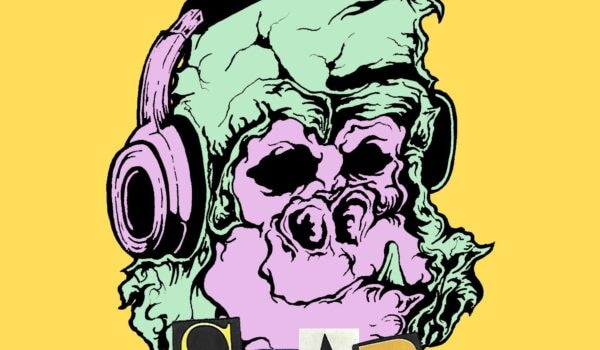
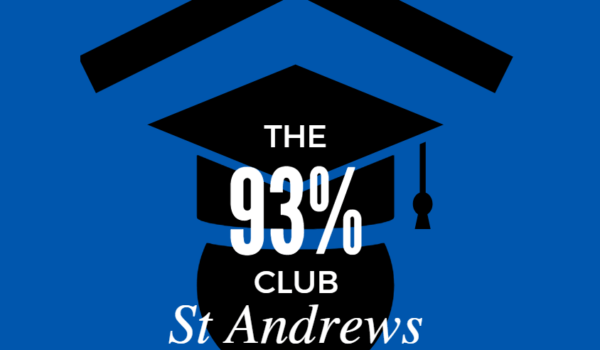

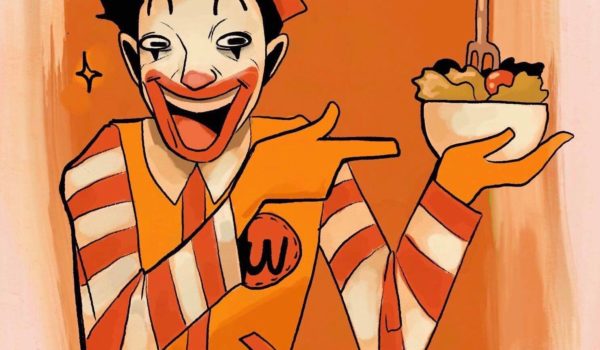
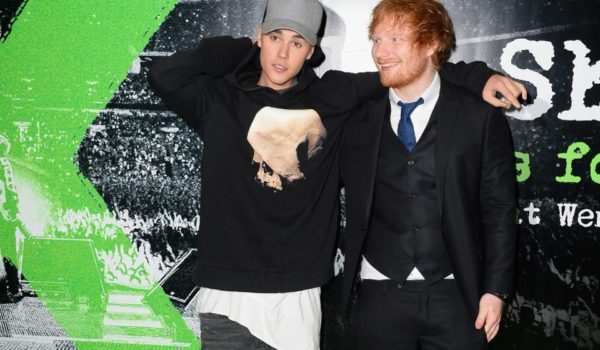
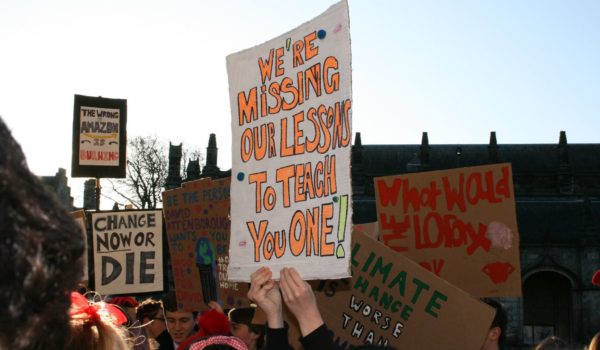


Comments